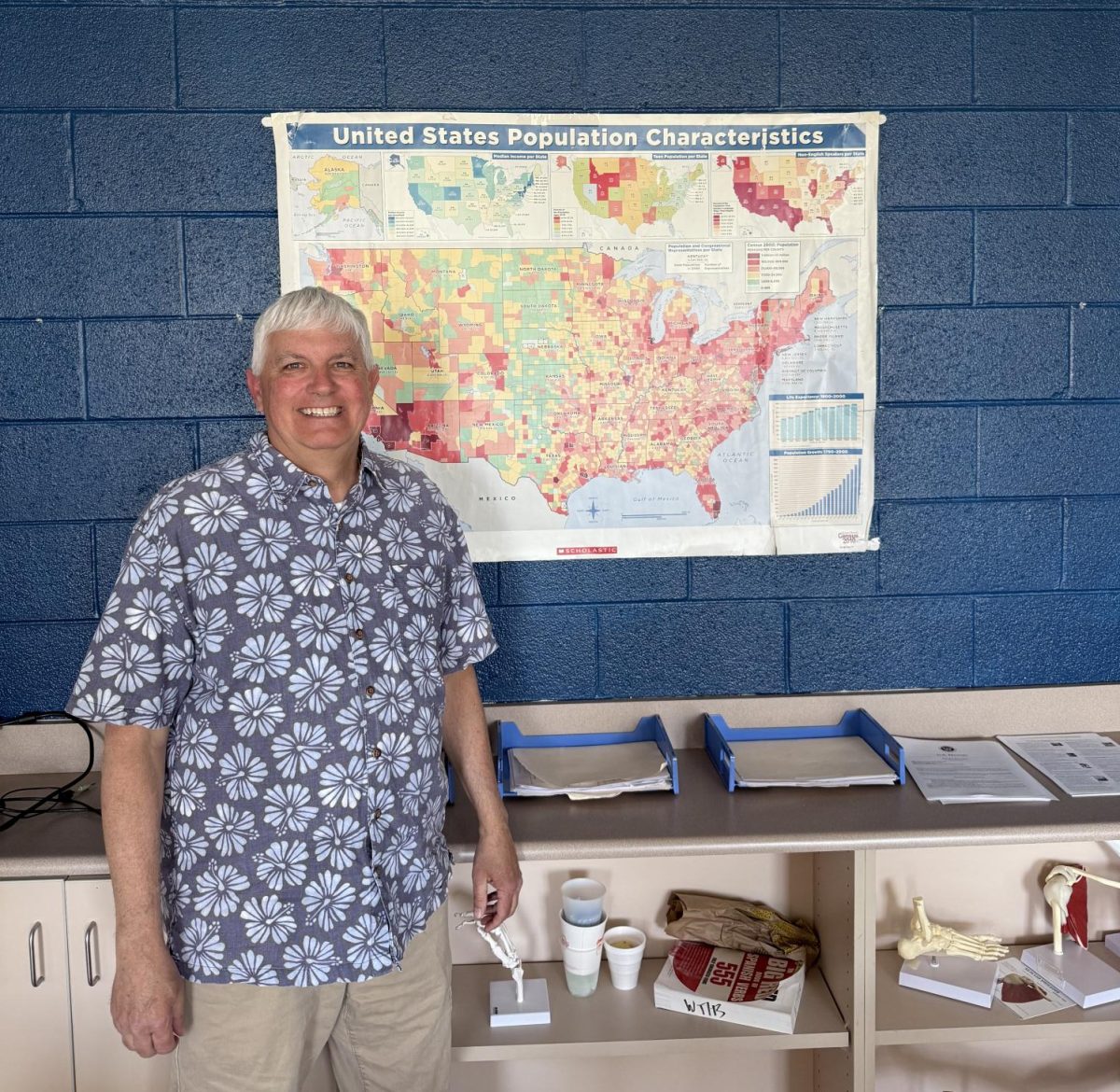E-Learning: Moving Forward and Stressors That Come With It

September 28, 2020
The Board of Education for Warren Township High School District #121 has decided to continue their remote learning practice through November. While this extension will keep students as safe as possible for the remainder of the period, questions on the practicality of elearning continue to rise: can Students retain the material taught in this way of learning for meaningful exams? And how has remote learning impacted the mental health of the student?
Mental health in high school students is important to observe, as teenagers are still discovering who they are, and with that comes emotional, psychological and social baggage. In a report from the University of Minnesota Twin Peaks, Carolyn Berger, P.h.D recommends that students stay in contact with their peers, family members and other key individuals in their lives.”
While some students have been fine with the structure given from elearning, remote learning may have negatively impacted the mental health of other students. “Yes, the online aspect can be great at times but with my mental health I need interactions with others,” said Madelyn, a Warren junior. “I think we should go back [in November], but have strict guidelines with the current health concerns. Some students do not have the best home life, leaving school as a way out.” The Twin Peaks report goes on to say that adults should monitor when students are stressed, eat or sleep much more or much less than usual, have a low or irritable mood each day or have no interest in the activities they used to enjoy.
This sentiment is also echoed through other schools in the Midwest. “Remote learning honestly has negatively impacted me a lot, due to being quarantined in my house and not being able to see and interact with people,” says Emma Farley, a former Warren junior who transferred to a high school in Wisconsin. Students did confirm that Warren and select other schools have sent out surveys and exit-tickets on their mental health at the start of the school year, and teachers have pushed for students to contact them if they need assistance. However, to some it seems that there is more to be done. “The school could offer more resources and help for students, and be sure to check on every single kid. I know this is no small task, but it could be done,” Emma Farley stated.
According to a recent article from the Chicago Tribune, the administrators of Warren Township High School plan on bringing students who need the most attention back into the classroom in small groups through a hybrid plan that is being developed. The current remote learning system was implemented so that students could continue learning in their courses to graduate on time while staying safe. While this introduction of hybrid courses can resolve some of the mental health strain of students, it is unknown if the new approach can resolve another concern of students – retention. “I don’t retain as much material and I forget things a lot faster during remote learning,” Emma Farley explains. “My AP and SAT/ACT tests are huge stressors right now, because I’m afraid I won’t be able to retain enough information in time for those tests.” Madelyn similarly states, “For the SAT/ACT, I don’t think I’ll be able to retain that material. For me, I would need to be in a school environment to pick up information faster, while still performing well.”
The SAT and ACT tests are of utmost importance to High School juniors, as it is one of many factors that colleges look at for admission. AP tests also help, as it rewards motivated students with college credit that helps in their future learning. “While I am doing fine in elearning, I don’t think I’ll be as ready as I could be physically in time for the SAT and ACT tests,” Luke Pitt, another Warren junior, stated. During the remote learning period, the control of their future is now in the hands of the students far more than it was in physical learning, and that may put students at risk of affecting their future differently than they would want to. It is up to a slow phase-in of physical learning and more hands-on support from teachers to help students along where they need to be.








